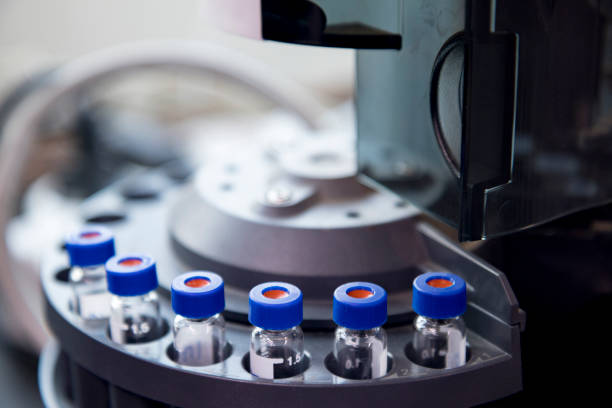
In laboratories, chromatography is the best biophysical method of separating and identifying the components of a chemical mixture. A simple chromatographic process makes use of disparities in size, charge, binding affinities, and more to separate compounds. Since its inception, it has evolved into a vital tool in the laboratory and is considered indispensable in several branches of science and even in our daily lives. Chromatography is generally employed for various applications in life science and chemical research. Here are some of the applications of chromatography:
Pharmaceutical Industry
In the pharmaceutical industry, chromatography can be used to separate and analyze samples for the trace of elements or certain compounds. It can also be used to prepare large quantities of pure materials, separate chiral compounds, detect the purity of compounds, and make drugs. For instance, chromatography played a major role in developing the pharmaceutical industry’s experimental immunization Zmapp, a drug that helped in stopping the spread of the Ebola virus. Chromatographic techniques could be suitably and successfully utilized in drug discovery and development, assay, analysis and content uniformity of drug impurities, and authorization of drugs.
Food Industries
After the 2013 horsemeat scandal that saw horse meat sold as beef by vendors, chromatography was positioned as the ideal method of identifying the contents of processed meat. The previous methods of analysis were only useful when identifying the contents of raw samples but uncertain when separating and identifying processed meats, so a better method was needed. Chromatography is widely used in the food industry to determine contaminants in food, separate and identify amino acids, vitamins, and preservatives, detect spoilage, and many more. Chromatographic techniques can help you learn more about foods’ nutritional quality and value. Drinks manufacturers also use it to make sure every bottle produced is completely similar, so there is always consistency with the taste.
Environmental and Chemical Industries
The environmental industry uses chromatographic techniques to test water samples and drinking water and examine air quality. It is also used to identify minute traces of contaminants, such as PCB (polychlorinated biphenyl) in pesticides and oil.
Forensic Laboratories
Chromatography is vital in a forensic laboratory, where it can be used in forensic pathology. For example, with the use of the Gas Chromatography (GC) technique, evidence like blood and hair discovered at a crime scene can be examined to aid the investigators in further understanding the crime and bringing criminals to justice. It is even used after death to analyze the type of fluids present in the body. GC technique is also used in arson investigations to determine what started the fire.
Molecular Biology Studies
In combination with chromatography, electrochemistry and mass spectrometry are crucial tools that can be used in metabolomics and proteomics study, nucleic acid analysis, redox reactions study, and biomolecules research. The chromatographic technique, high-performance liquid chromatography (HPLC), can be used in procedures like enzyme purification, protein separation, plasma fractionation, and also in other departments such as fuel industry, biochemical processes, and biotechnology. Chromatographic techniques have been integrated into the distillation of monoclonal antibodies, plasma proteins, and hormones.
